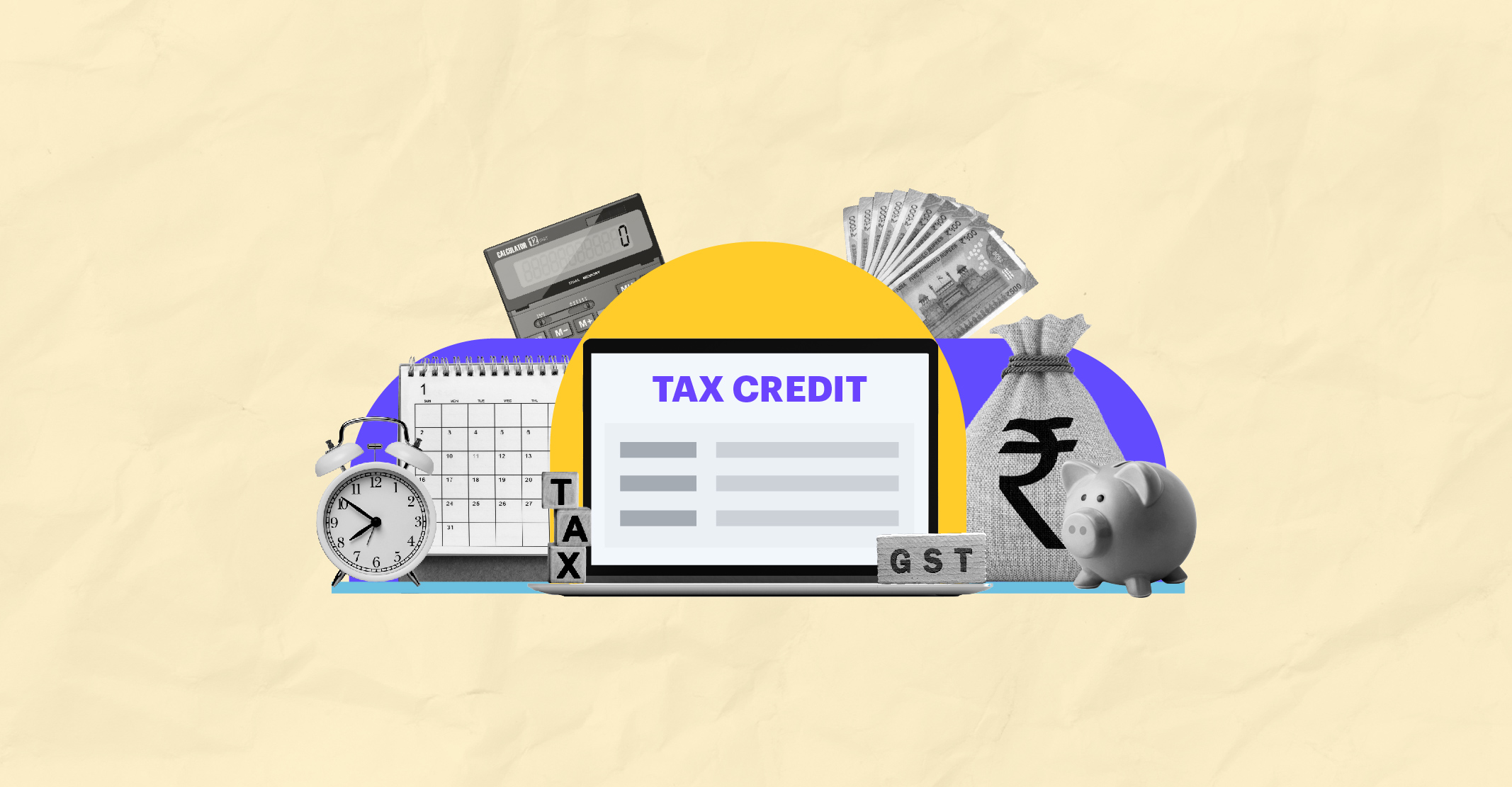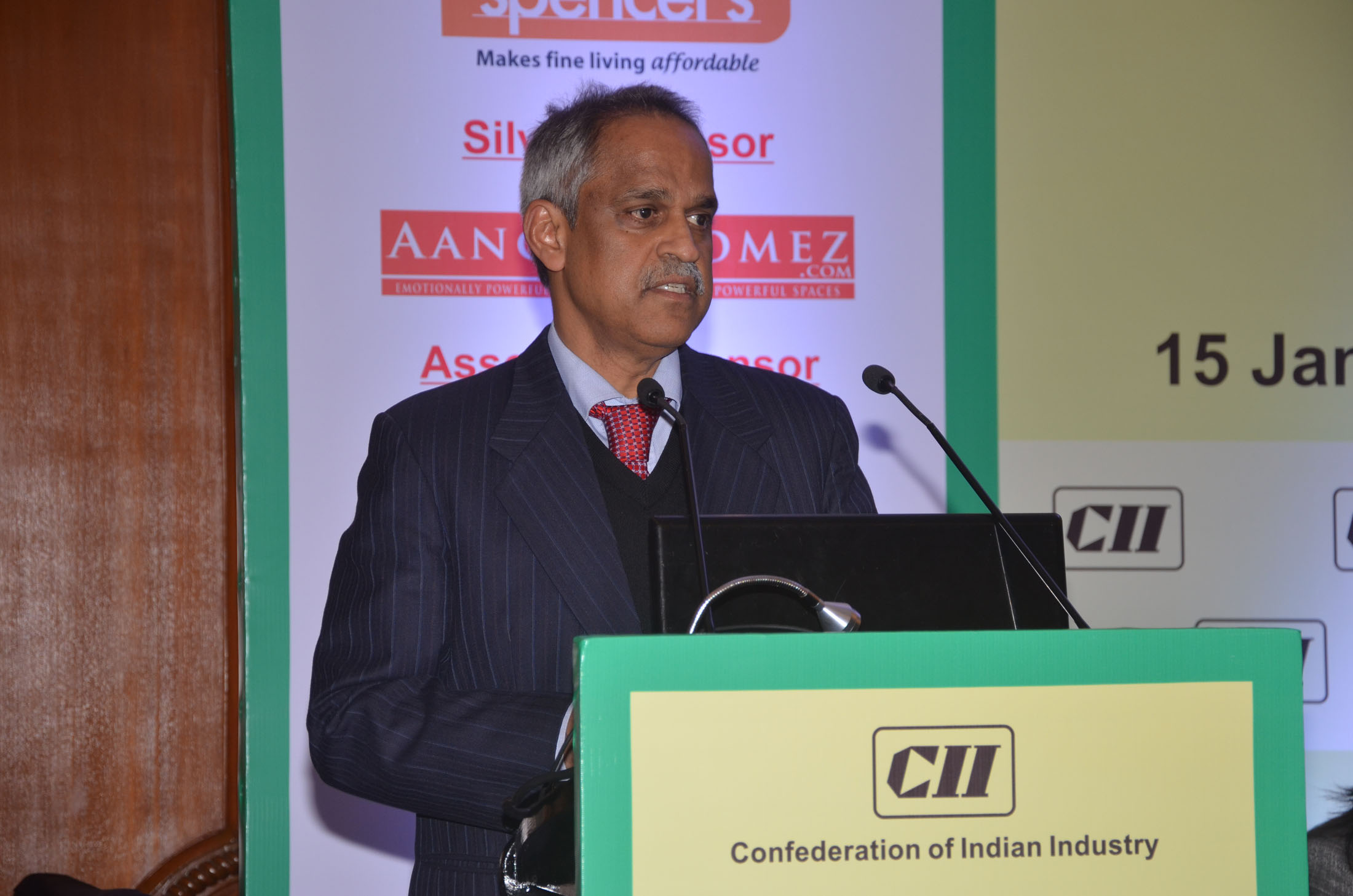India is preparing for one of its most significant tax reforms since the introduction of the Goods and Services Tax. The Group of Ministers on GST rate rationalisation has agreed to the Centre’s plan to move towards a simplified structure with only two key rates of five percent and eighteen percent. This would mean scrapping the current twelve percent and twenty eight percent slabs, creating a more transparent and consumer friendly system.

Bihar Deputy Chief Minister Samrat Choudhary, who convenes the Group of Ministers, confirmed the acceptance of this proposal and stated that the GST Council will now decide on the final rollout. The Council meeting, expected to be held in September, will be crucial as it will determine how quickly these changes are implemented and how they will affect households and businesses across the country.
This proposal is part of the government’s broader vision of next generation GST reform, which was first hinted at by Prime Minister Narendra Modi in his Independence Day speech. The Prime Minister described the reform as a Diwali gift to citizens, aimed at improving ease of living and boosting demand through lower and simpler taxes.
One of the most important aspects of this reform is the treatment of insurance. Currently, health and life insurance premiums are taxed at eighteen percent, which significantly increases the cost for policyholders. The Group of Ministers has recommended that these premiums be completely exempted from GST. If the Council approves, this could bring immediate relief to millions of families, especially those from the middle class and senior citizens who have been discouraged by high costs of financial protection.

However, there are some challenges that experts are flagging. A full exemption could create issues with Input Tax Credit. Without this credit, insurers may face higher internal costs, and some of that burden could still flow back to customers. Even so, the majority opinion in the industry is that the exemption will ultimately encourage more people to purchase insurance policies, boosting penetration and supporting the long term goal of Insurance for All by 2047.
The numbers involved highlight why this is such a significant policy decision. In the financial year 2023 to 2024, the government earned more than eight thousand crore rupees through GST collected on health insurance premiums and more than fourteen hundred crore rupees from reinsurance premiums. Giving up this revenue will not be easy, but policymakers believe that higher demand and stronger insurance coverage can create wider economic benefits over time.

Former CBEC Chairman Najib Shah welcomed the acceptance of the proposal and described it as a phenomenal step towards simplification. According to him, a two slab structure has been a long standing demand from both industry and tax experts, and the move will encourage compliance, increase consumption, and improve clarity for businesses and consumers alike.
The outcome now rests with the GST Council, which has representation from both ruling and opposition states. If the proposal is cleared, it could reshape the country’s indirect tax system before the festive season, making essential goods and financial products more affordable and easier to understand.
For more updates on GST reforms, taxation changes, and their impact on your money, follow You Finance on Instagram and Facebook. Stay informed with insights that help you make smarter financial decisions.















